A platform of proud and resilient Indian Muslims
About ICIM
Address
- Future Office: Brussels, Belgium (Capitol of European Parliament)
India’s caste system is among the world’s oldest forms of surviving social stratification. This system which divides Hindus into rigid hierarchical groups based on their karma (work) and dharma (the Hindi word for religion, but here it means duty) is generally accepted to be more than 3,000 years old.
Manusmriti, widely regarded to be the most important and authoritative book on Hindu law and dating back to at least 1,000 years before Christ was born, “acknowledges and justifies the caste system as the basis of order and regularity of society”. The caste system divides Hindus into four main categories – Brahmins, Kshatriyas, Vaishyas and the Shudras. Many believe that the groups originated from Brahma, the Hindu God of creation.
At the top of the hierarchy were the Brahmins who were mainly teachers and intellectuals and are believed to have come from Brahma’s head. Then came the Kshatriyas, or the warriors and rulers, supposedly from his arms. The third slot went to the Vaishyas, or the traders, who were created from his thighs. At the bottom of the heap were the Shudras, who came from Brahma’s feet and did all the menial jobs.
The main castes were further divided into about 3,000 castes and 25,000 sub-castes, each based on their specific occupation. Outside of this Hindu caste system were the achhoots – the Dalits or the untouchables.
For centuries, caste has dictated almost every aspect of Hindu religious and social life, with each group occupying a specific place in this complex hierarchy. Rural communities have long been arranged on the basis of castes – the upper and lower castes almost always lived in segregated colonies, the water wells were not shared, Brahmins would not accept food or drink from the Shudras, and one could marry only within one’s caste.
The system bestowed many privileges on the upper castes while sanctioning repression of the lower castes by privileged groups. Often criticized for being unjust and regressive, it remained virtually unchanged for centuries, trapping people into fixed social orders from which it was impossible to escape.
Independent India’s constitution banned discrimination on the basis of caste, and, in an attempt to correct historical injustices and provide a level playing field to the traditionally disadvantaged, the authorities announced quotas in government jobs and educational institutions for scheduled castes and tribes, the lowest in the caste hierarchy, in 1950.
Most of the South Asian Muslims were recruited from the Hindu population; despite the egalitarian tenets of Islam, the Muslim converts persisted in their Hindu social habits. Hindus, in turn, accommodated the Muslim ruling class by giving it a status of its own.
In South Asian Muslim society is divided into:
The Ashraf group is further divided into four subgroups:
The non-Ashraf Muslim castes are of three levels of status:
These converts of Hinduism observe endogamy in a manner close to that of their Hindu counterparts. Two of the principal indexes of Hindu caste, commensality and endogamy (principles governing eating and marital arrangements), do not appear as strongly in Muslim castes. Commensality is prohibited between Ashraf and non-Ashraf, between Muslim and Hindu, and between the various castes of the non-Ashraf. The principle of endogamy is altered by the Muslim preference of marriage within very narrow limits.
In modern Indian society socio-economic classes are diverse and can be broadly categorized based on economic status, education, and occupation. Like in any other community, economic disparities within the Indian community are influenced by a complex interplay of factors including historical, social, and regional variations. India’s socio-economic landscape is diverse and varied. Here are some general socio-economic classes that can be observed in India:
Classes within Caste post Mandal Commission
The Mandal Commission, officially known as the Mandal Commission on Reservation in Services for Backward Classes, was a pivotal government-appointed body in India formed in 1979. Its fundamental objective was to investigate and address social and educational disparities among various caste groups, particularly focusing on the Other Backward Classes (OBCs). The commission’s landmark report, submitted in 1980, recommended a 27% reservation for OBCs in government jobs, along with a separate quota in educational institutions. This recommendation led to significant changes in the composition of the Indian bureaucracy and the educational landscape, aimed at providing greater representation and opportunities to historically disadvantaged communities.
The emergence of class divisions within castes, particularly among the Other Backward Classes (OBCs), became a prominent social phenomenon following the implementation of the Mandal Commission’s recommendations in India. While the Mandal Commission was originally conceived to address historical social and educational disparities, its policies inadvertently gave rise to economic and political class distinctions within various OBC communities. Understanding the emergence of these class distinctions within castes is crucial for a comprehensive analysis of India’s social dynamics and the ongoing pursuit of equitable opportunities for all. Some of the disparities that have emerged after the implementation of Mandal Commission are :
